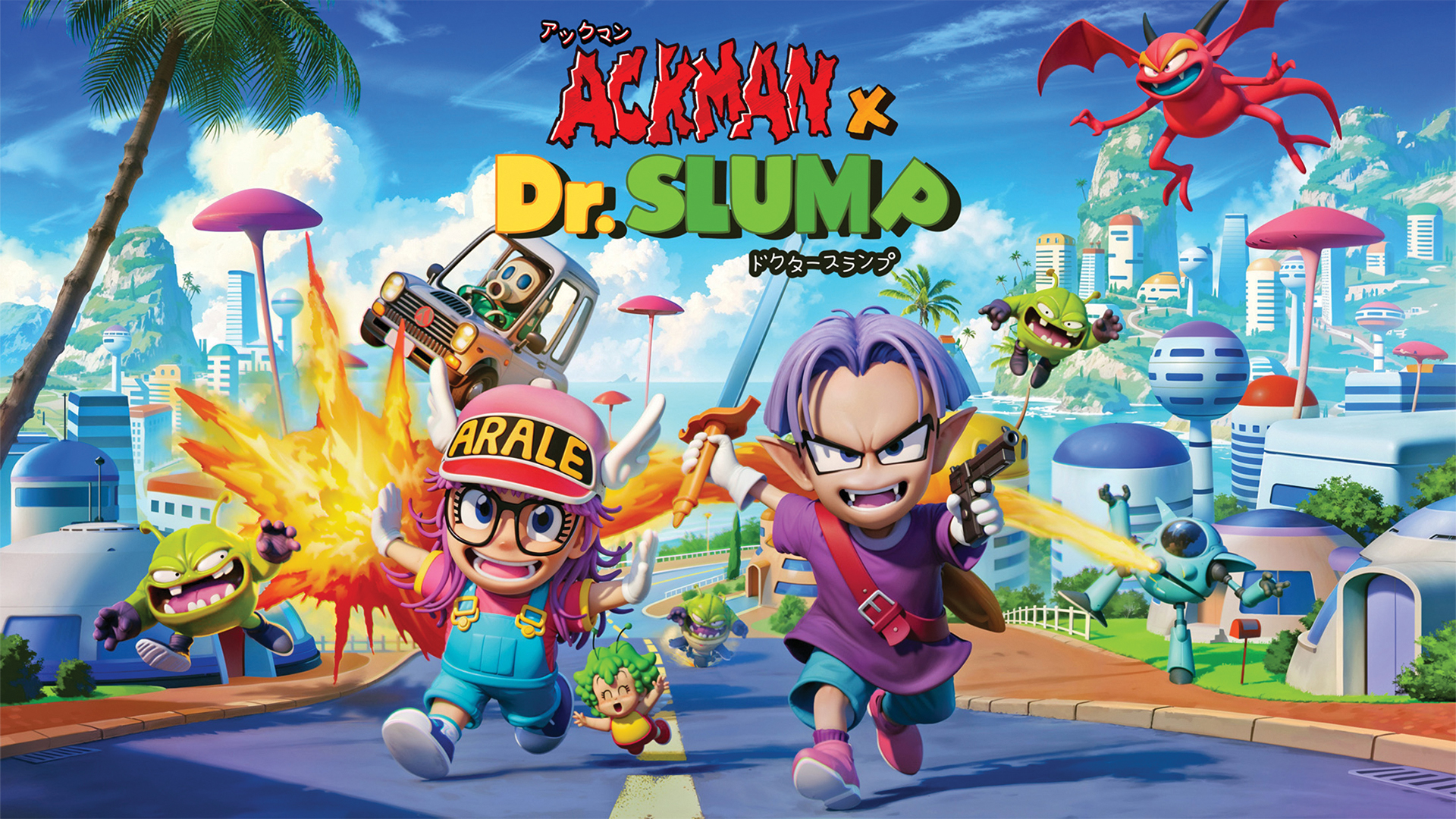
April Fools’ Day is special for us at Umeshu Lovers. Every year, the team creates a set of visuals based on well-known characters and worlds, all independently of any of our other ongoing projects and for a little fun.
Well, not just for fun to be honest. It’s also proved a great opportunity for us to showcase what we can do, and what we can bring to other worlds and IPs. In the past this served us well. For example, after co-founder and art director Sylvain Sarrailh posted his take on Yoshi’s Island, Illumination reached out to us, which is how we ended up working on The Super Mario Bros. Movie.
(If you're an aspiring visual artist, check out our guides to the best monitors for graphic artists or our picks of the best drawing tablets for creativity on the go.)
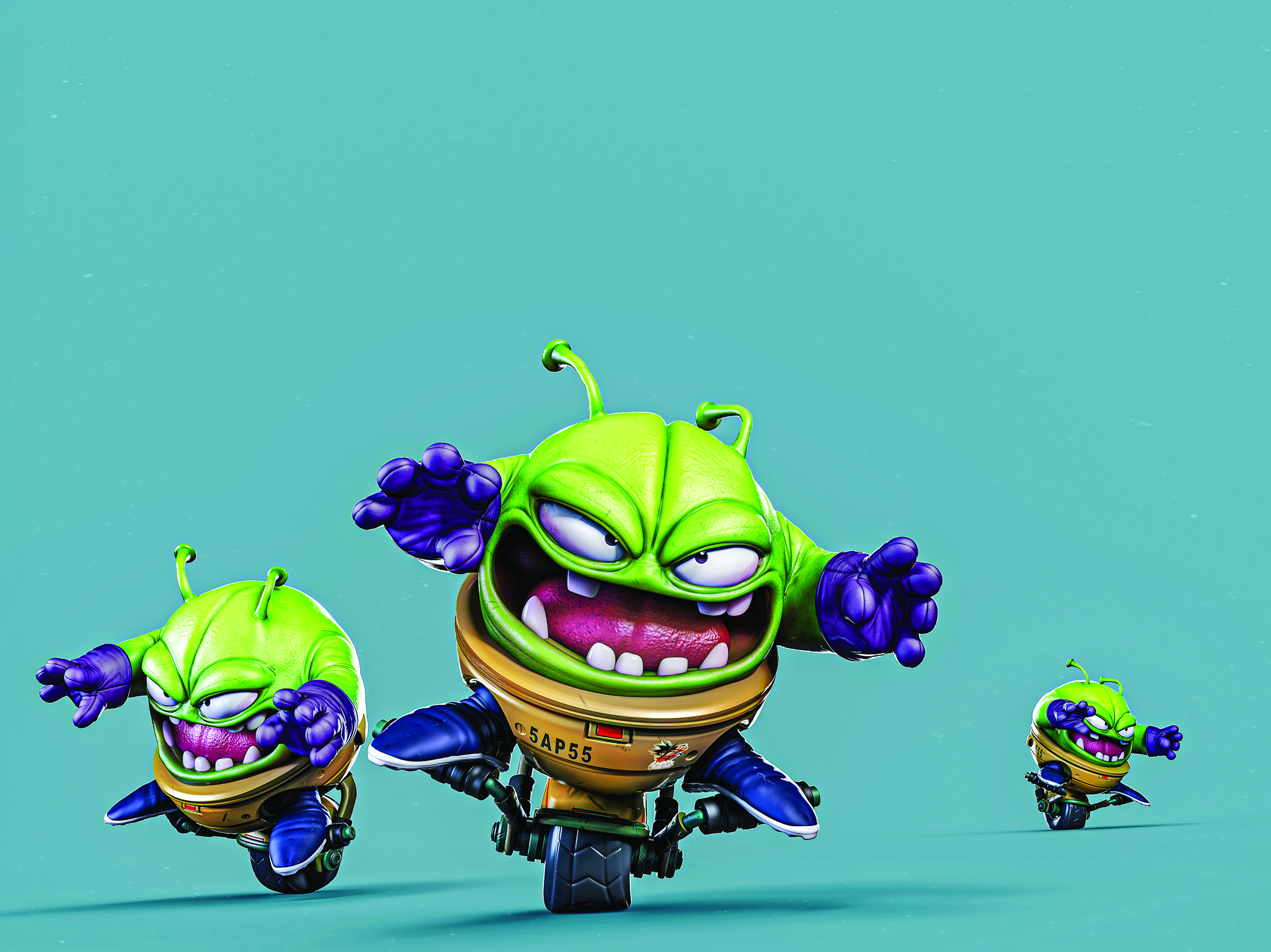
A couple of months ago, the Umeshu leadership and the rest of our team gathered to discuss what we could do for this year’s April Fools’. We had several ideas, one of which was based on the manga series Go! Go! Ackman. Its creator Akira Toriyama is one of the main sources of inspiration for several of our team members, including the two founders of the studio. So when he passed away recently, it became obvious that we had to pay tribute to his genius.
Toriyama is one of the main sources of inspiration for several of our team members
Umeshu Lovers
Our project turned into something of a crossover between Go! Go! Ackman and Dr. Slump, another classic manga from Toriyama. At this point, we also decided that we wouldn’t only be creating visuals, but a full demo for a video game in the style of the classic side-scrolling platformer games based on Go! Go! Ackman, which were released in Japan on the SNES in the early 1990s. Because Umeshu Lovers isn’t your typical visual development studio, we also make games thanks to our in-house development team.
01. Identify the topic
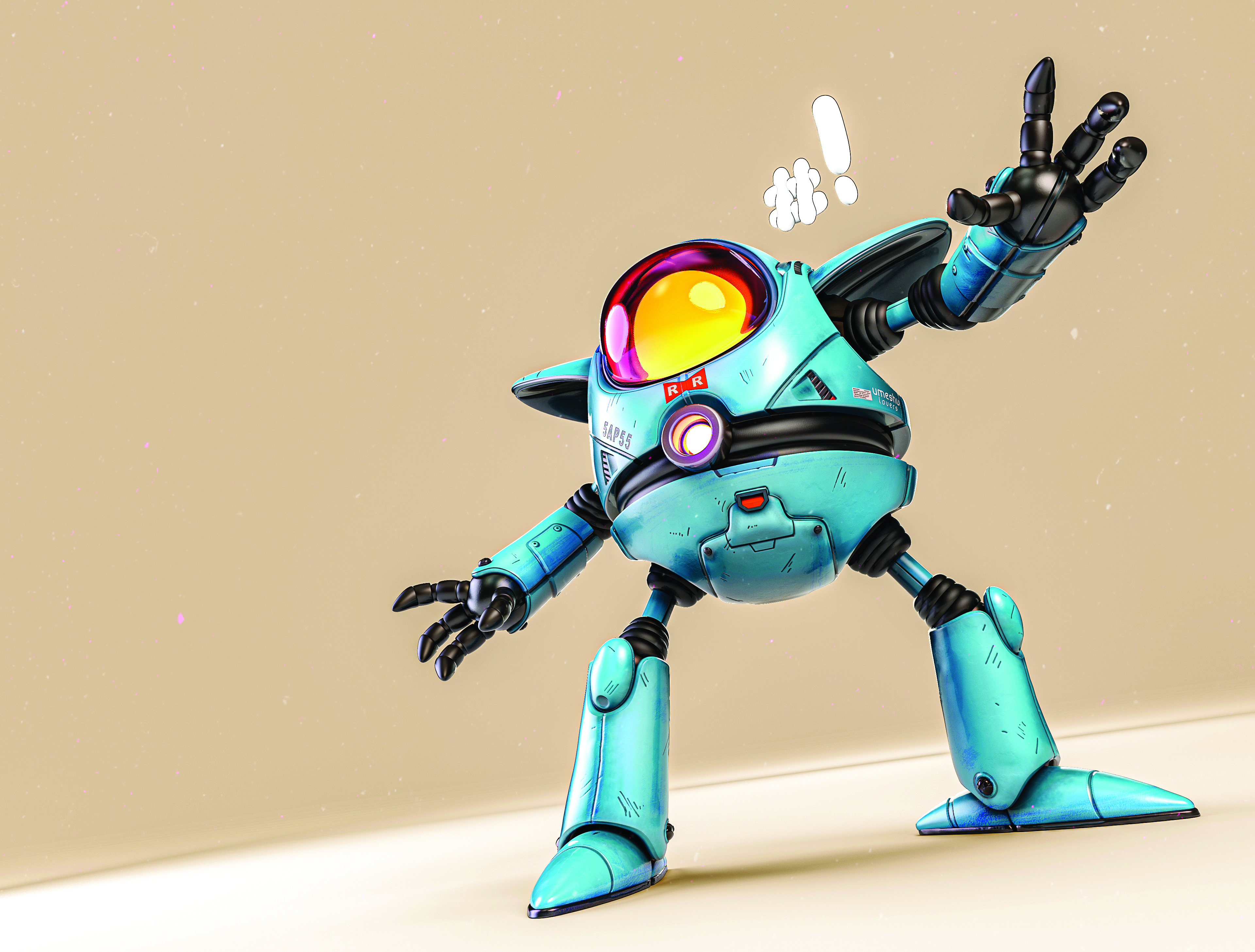
While many of our artists were already familiar with Toriyama’s work, this wasn’t the case for everyone. In the end and no matter what, we also needed to define what we would be including in our game demo, and also set boundaries. As much as we love our April Fools’ projects, we can’t allow ourselves to spend multiple weeks working on them, as we have to keep our production schedule tight.
We created a mood board with screen captures from the three original Go! Go! Ackman games, and used many references from the manga itself. We gathered as many pictures as possible of our main characters (Ackman and Gordon from Go! Go! Ackman, and Arale from Dr. Slump), and secondary characters and villains (such as Ackman’s nemesis Tenshi-kun) plus environments and architecture, with an obvious focus on machines such as vehicles and robots. Sure enough, much of what we selected didn’t make the cut, but it was a good way to get familiar with the visual grammar of Toriyama’s work.
02. Create first sketches
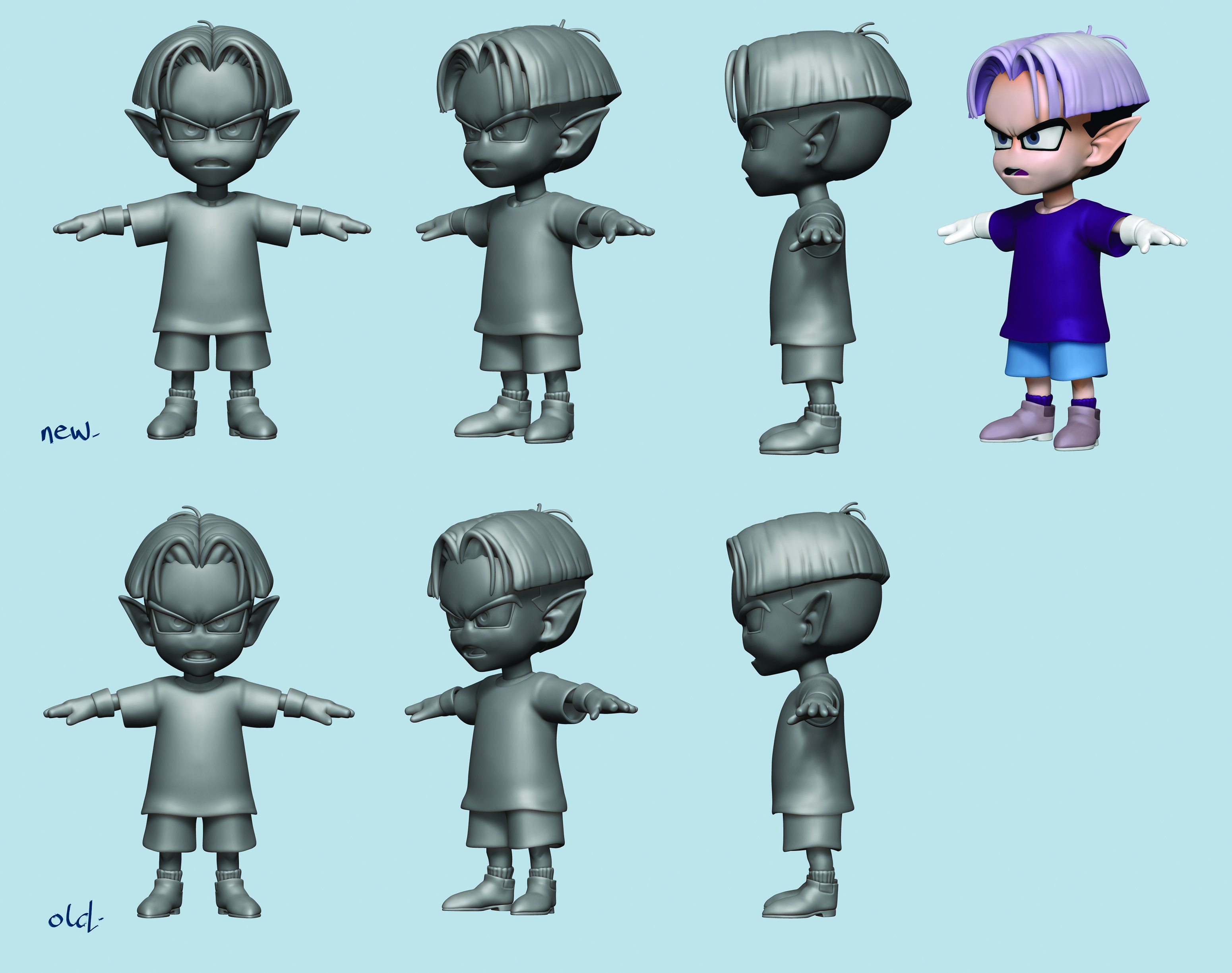
One of the most complicated parts of this project was that Toriyama’s style doesn’t usually translate well into 3D. We have decades’ worth of examples of artists struggling with how to shape faces and hair styles. A good example is Son Goku’s hair; Toriyama would usually draw his haircut the exact same way, whether Goku is seen from the front or from the side. It’s like his hair is rotating with the camera. Obviously you can’t do this kind of thing when you’re working in 3D.
Luckily, Ackman’s haircut is closer to Toriyama’s Dragon Ball character Trunks, but the issue remained for the face, and we had to make sure we could make it work. Mickael Lelièvre, one of our 3D art leads, created the very first sketches and directly sculpted them in 3D. While this isn’t typical in the industry, we actually do that quite often. In this specific case, it’s not like we had any shortage of 2D representations for Ackman, Arale and all the others.
“Actually, for Ackman and Arale, we used one of Character Creator’s base meshes,” says Lelièvre. “It allowed us to toy around with the proportions. We used ZBrush to add details to these two specific characters, but also to create other characters like Gordon from scratch, plus the little aliens and their mechs. I usually like to start from a simple sphere. It makes even more sense with Toriyama’s design for vehicles, because most of the time they have this very roundish, almost bouncy feeling.”
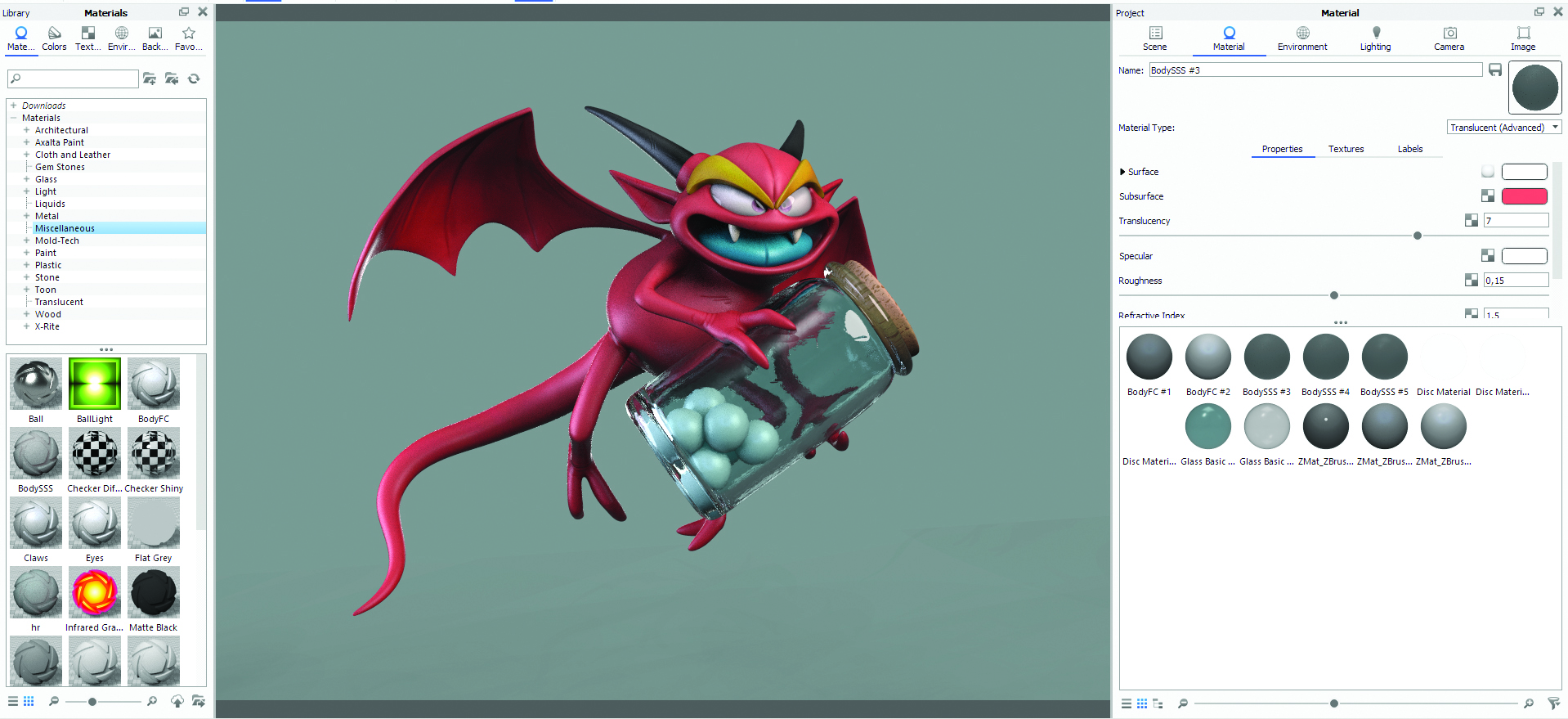
While we had Lucie Martin working on creating Ackman, Lelièvre delivered the first work-in-progress character, Gordon, in just a couple of hours. It wasn’t that simple, though. “Depending on the sources, Gordon never has the exact same colour, his wings have different sizes and so on,” he recalls. “At some point, you have to make a choice.”
One of our creative choices was to mix and match several of Toriyama’s creations, which is what happened for the villains seen throughout the gameplay. They are the little alien creatures drawn by Toriyama, which we decided to combine with some of his mech designs; one of Toriyama’s many hobbies. Sarrailh provided two basic sketches to Lelièvre, who then sculpted the alien in ZBrush using spheres and primitives. Come the end of that first day, Martin had completed her first WIP version of Ackman, but this was far from over.
03. Go from 2D to 3D
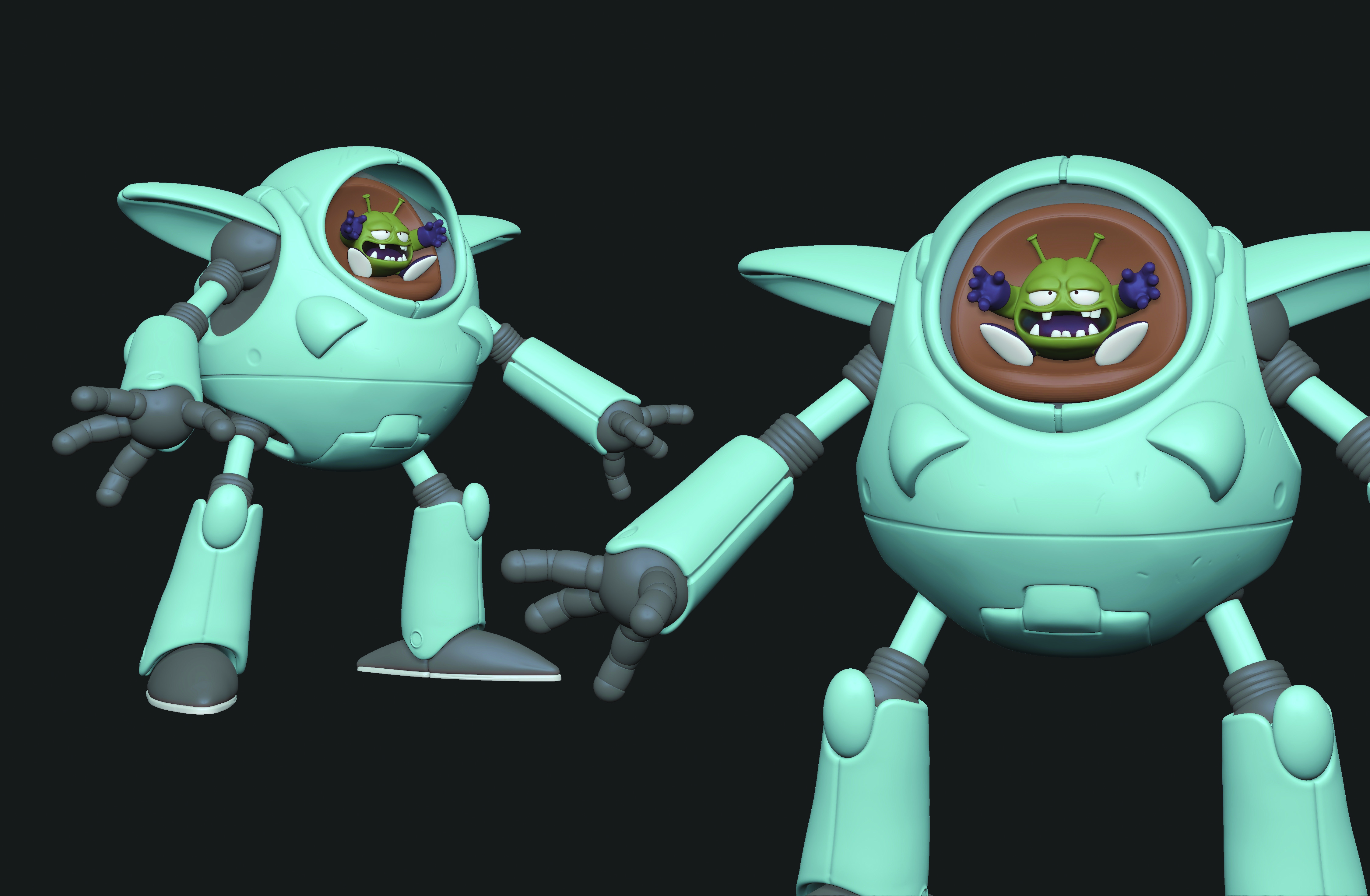
"A challenge with this project was that Toriyama rarely drew 3/4-view faces, but that’s what we needed for our characters,” Lelièvre explains. “For Ackman, we worked on front and side views of his face, and tried to find some middle ground, though it never really worked out.”
This was the main issue our team had to face. Toriyama’s drawing relies a lot on stylised faces, where the eyes, mouth and nose might have different proportions from one frame to another, depending on the emphasis he wanted to place. Translating that to 3D is nearly impossible, so again we had to make choices.
It took a number of iterations for Lelièvre and Martin to find the right balance. “The fact that your work is based on a 2D character, especially a manga character, it forces interpretation,” Martin says. “The main thing with Ackman is that he doesn’t have a nose. On the front view it’s okay, but from the side view it can look really reptile-like, so you have to make some compromises to make sure that he still looks like a human being.”
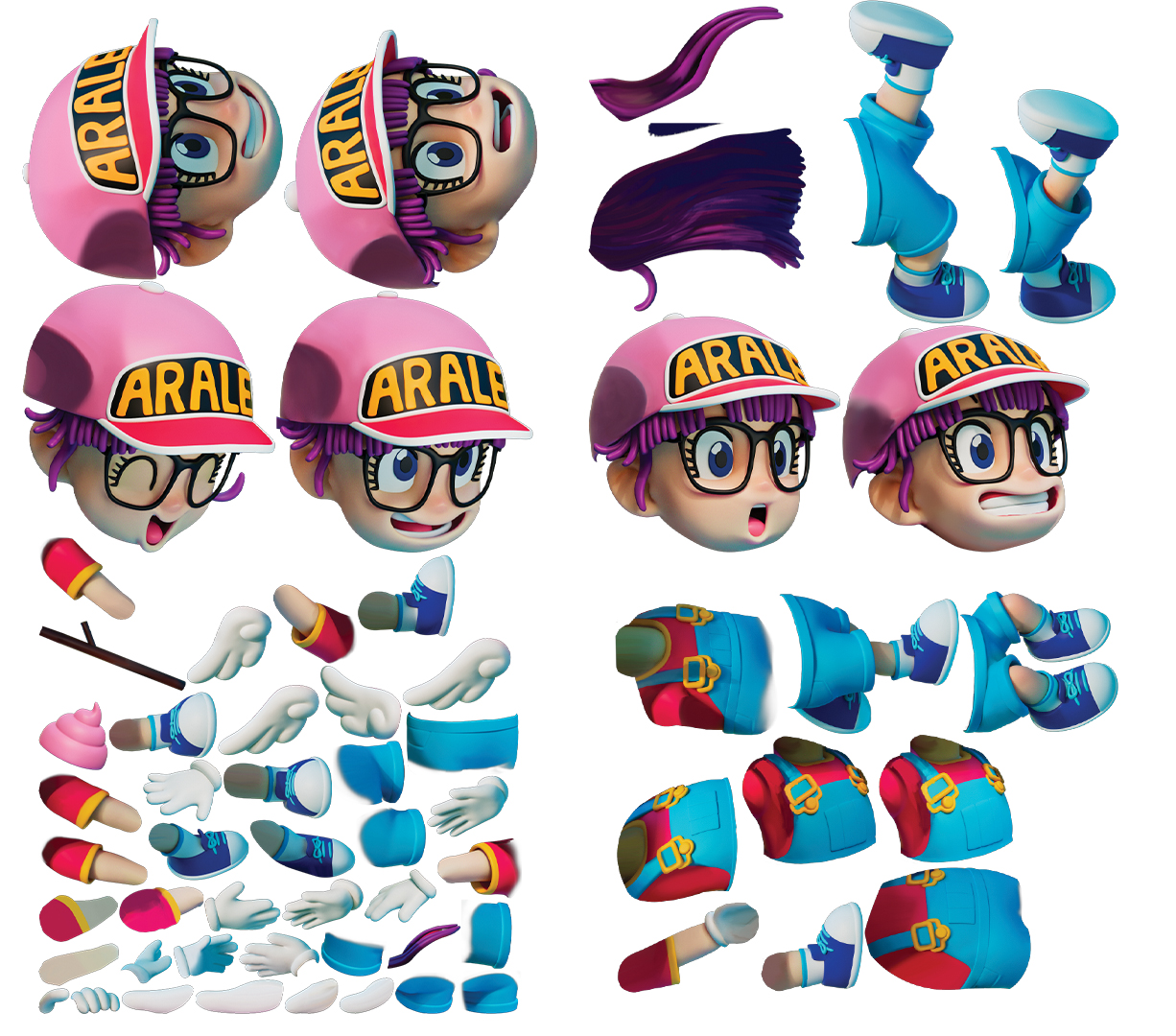
To create an appropriate-looking Ackman, Martin had to pick a few different references. After several tries, she went for a different approach, using one picture from the manga. It offered a unique perspective on Ackman’s face, where his jaw and cheek create a little bump that makes up for the lack of an actual nose. “However, on that reference, the arms were way too short, and we knew we’d need to do some posing,” Martin adds. “He’d need to use his sword, things like that. So for the rest of his body, I used a bunch of other references. It’s like a jigsaw where you pick the parts that are interesting to build something consistent.”
Interestingly, we didn’t have to make any UVs for this project. Given that we only had a few days, our artists went for the shorter workflow and Polypainted directly in ZBrush, then added and tuned shaders, and imported the FBX files as ASCII. That’s how they were able to use the Polypaint in Arnold. “You just need to tweak the shaders and prepare your render,” Lelièvre explains. “For the other characters like Gordon or the bad guy, it was directly bridged in KeyShot from ZBrush. That’s pretty convenient.”
04. Complete final touches
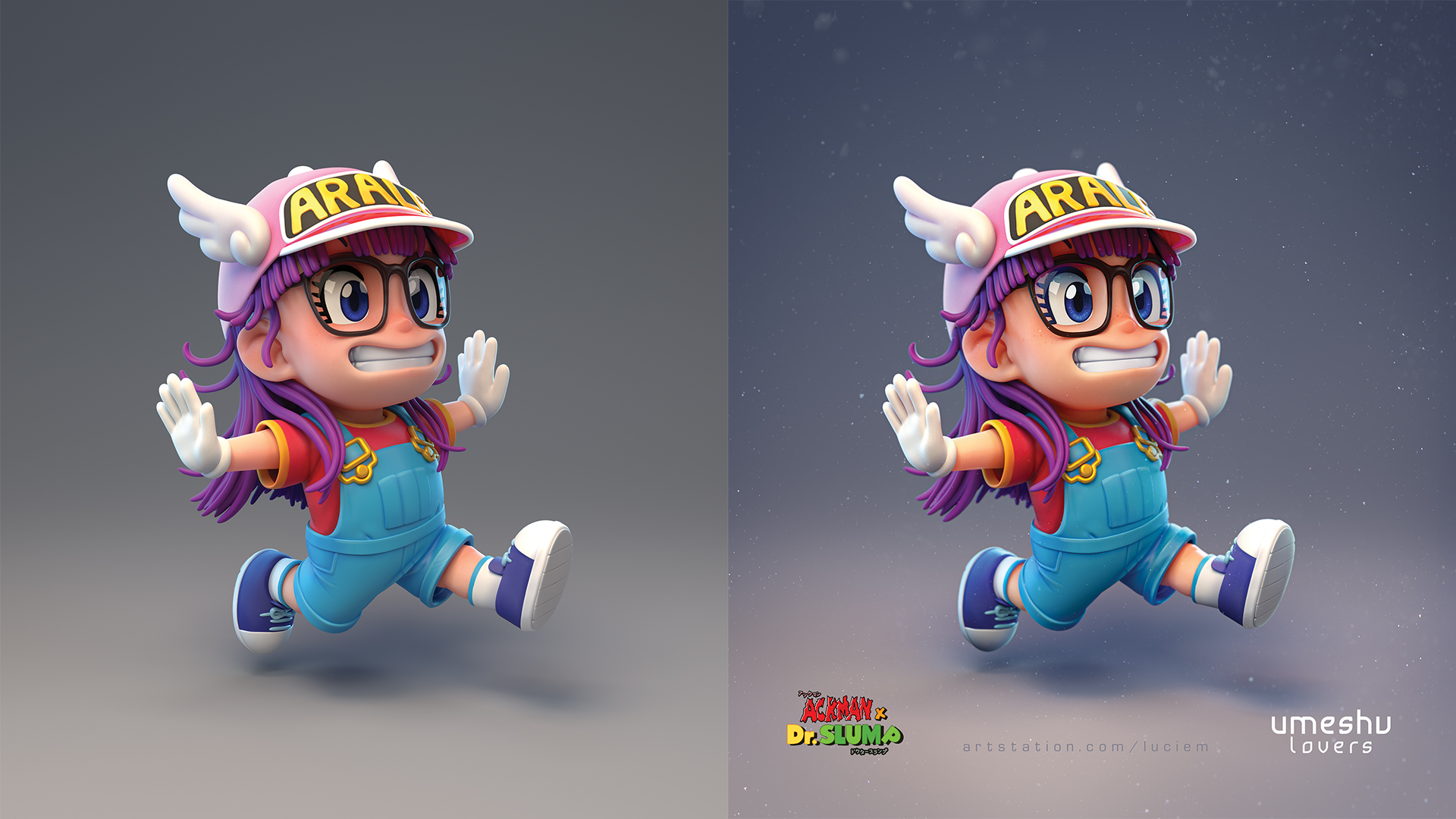
Modelling Ackman, Arale and all the other characters wasn’t the last step of our project. While Lelièvre and Martin were finalising the VDEF versions of their characters, they were also working with character artist Alexandre Arpentinier, who created some striking lighting for them.
It’s like a jigsaw puzzle where you pick the parts that are interesting so you can build something consistent
Lucie Martin, 2D and 3D concept artist
In the meantime, they also had to work with Bryan Audric, our graphic and motion designer, who would animate the characters. There again, as we didn’t have much time, we needed to be imaginative here. We couldn’t make a complete 3D animation of these characters, so Audric went for something a bit different: several key poses were made, then every limb was cut off, rigged and animated separately in Spine Pro. For instance, Arale’s running animation is made from six key poses.
For Lelièvre and Martin, the final touch was to create beauty shots for their own social platforms. Lelièvre rendered his characters in KeyShot and Martin in Arnold, but both embellished their renders in Photoshop for stunning results.
This interview originally appeared in 3D World magazine, the world's leading digital art, CG and VFX magazine. 3D World is on sale in the UK, Europe, United States, Canada, Australia and more. Limited numbers of 3D World print editions are available for delivery from our online store (the shipping costs are included in all prices).







